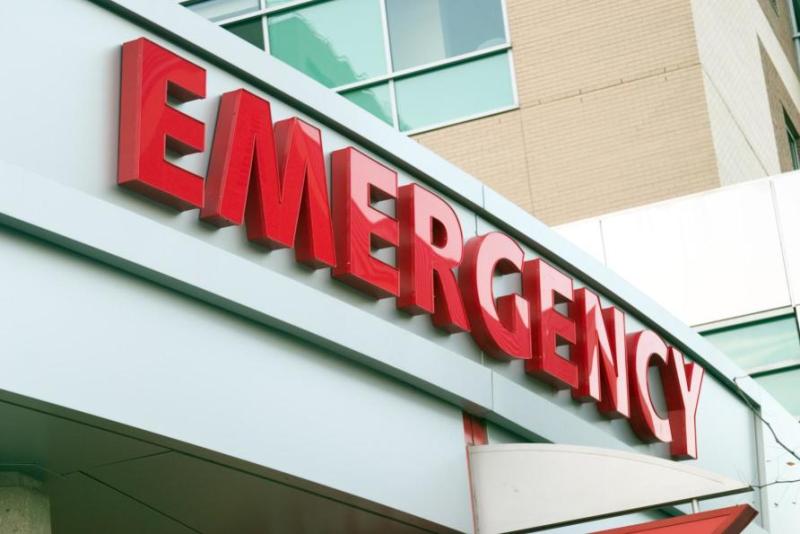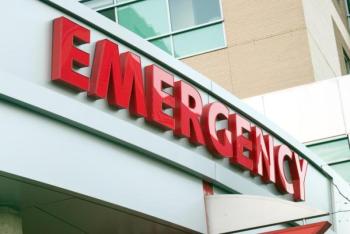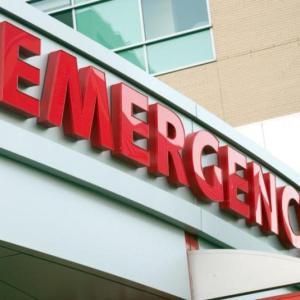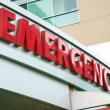ER or urgent care? Check costs and coverage before your visit
While by definition medical emergencies are unplanned events, there is a bit of planning patients can do ahead of time to make sure there are few surprises when the bill arrives. Navigating the complicated differences between a medical facility’s licensing, coding and billing and how your health insurance applies your benefits can be tricky, so it is wise to know beforehand what your options are for emergency or urgent medical care.
Here is how options for medical treatment stack up.
First is the office visit. On its website, United Healthcare advises members to choose an office visit for preventive and routine care, including checkups, immunizations, minor illnesses, or minor injuries. Anthem has a longer list that includes flu symptoms, fever and “other non-emergency symptoms.”
According to CompareMaine.org, the state average for a 25-minute office visit for an established patient is $195. Locally, according to the same source, Lincoln Medical Partners Family Care Center charges $175 and Mid Coast Hospital in Brunswick charges $114. Information provided by Boothbay Region Health Center gives pricing for patients without insurance as $100.
What about urgent care?
The Anthem website shows that urgent care is typically pricier than an office visit. In urgent care, according to the insurance provider, “Doctors and nurses can help with non-life-threatening but urgently needed care quickly. They are typically standalone facilities with extended hours.”
United Healthcare shows urgent care centers as a choice for non-emergencies when your physician is not available and it gives the average cost for visit to an urgent care facility in the U.S. as $185. Martins Point’s website advises: “Urgent care providers can respond quickly to a variety of non-life- or limb-threatening illnesses and injuries if your PCP’s office is closed.”
Again, it is important to know in advance about licensing and billing.
Jackie Farwell, communications director for Maine Department of Health and Human Services, explained, “The Department licenses only those urgent care facilities that are part of a hospital’s license – such as the LincolnHealth St. Andrews Urgent Care Center.” In Maine, hospitals are licensed by DHHS which “... does not otherwise license urgent care centers, such as Convenient MD and ClearChoiceMD,” Farwell said. Those urgent care centers come under the supervision of a different state agency.
She added, “An urgent care facility that is functioning and operating under a hospital license and U.S. Centers for Medicare and Medicaid Services (CMS) certification number would be listed as an off campus facility on a hospital license and must meet the requirements for hospital outpatient facilities and services within the CMS Hospital Conditions of Participation.”
For example, the urgent care facility in Boothbay Harbor is licensed as an urgent care facility by Maine’s DHHS. But, as LincolnHealth Director of Communications and Public Affairs John Martins explained, “The Urgent Care Center (UCC) is listed as a service LincolnHealth provides. Since the UCC is under the hospital’s license, it is considered part of the hospital. The Medicare program designates it as a Type B emergency room ... Medicare and MaineCare help cover the cost of keeping us open in times of low volume.”
Distinction under Medicare
This distinction is further explained by the American Academy of Professional Coders (AAPC) which certifies medical billing coders. According to its website, to qualify as a type B emergency department, a facility must meet one of three criteria: state licensing as an emergency department, public notice/signage that it provides care on an emergency basis without an appointment, or at least 1/3 of visits are for emergency or urgent medical conditions.
Martins said volume at the St. Andrews facility varies depending on the season and that it includes the services of a physician, radiology and laboratory testing. For the past 12 months, Martins said the center which is open 363 days a year has seen 6,254 patients. “MaineHealth UCC prices are less than the emergency room and, in the event that it is determined that an emergency room visit is needed after all, the UCC charge is waived. That is not the case with walk-in clinics.”
Emergency departments are considered the priciest alternative for care and should be reserved, according to Anthem, for life-threatening conditions like heart attack or stroke symptoms, head trauma, severe cuts with uncontrolled bleeding and serious allergic reactions. And the United Healthcare website cautions: “Emergency room visits often require a much higher copayment and/or coinsurance than an office visit or urgent care visit.”
CompareMaine.org gives the average price of an emergency department visit of moderate severity in Maine as $667, excluding other services like laboratory work or diagnostic imaging. Compared with this average, Brunswick’s Mid Coast Hospital charges an average of $811 and LincolnHealth $653. United Healthcare shows the average cost of an emergency room visit in the U.S. as $2,600.
Other factors affect the amount charged
“What gets paid is up to the insurance plan ...” Martins said. “Some will cover the full cost of the visit to our Urgent Care Center, while others will only cover only the cost of a walk-in clinic visit. It is really important for people who are insured to understand their benefits.” He added, “Our patients should know that our team is ready to help any patient who has concerns about the cost of their care at the Urgent Care Center or any of our programs. In the Boothbay area, they may call 887-5100 or 1-866-804-2499 (toll-free) Monday through Friday, 8 a.m. to 5 p.m.”
United Healthcare, Anthem and Martins Point websites advise members to check their health plan documents in advance to see what services and providers are covered.































